La Rochelle, A French Port with a Canadian Connection
I remember hearing about the La Rochelle in history class. The French port where many began the migration to Canada. Numerous ships left for the new world both before and after the establishment of Canada, which included my ancestors who originated from La Tessonnière & Saint-Loup Lamairé and left for Canada in 1659. La Rochelle is a large very old port on the west coast of France located in the Bay of Biscay on the Atlantic Ocean. We recently spent a few days there soaking up the atmosphere of this very popular coastal city. With its history, old world charm and great weather, it was a delight.
The entrance to the old port of La Rochelle is defended by two incredible 14th-century towers. Le Tour Saint-Nicolas, a commanding five-sided fortress with huge walls making it a great defence point. Opposite it stands the Le Tour de la Chaîne, aptly named because at night a big chain was strung between it and Saint-Nicolas Tower to close the port. In the 15th century a third tower, the Tour de la Lanterne, a round base mounted by an octagonal spire, was built as a lighthouse. It is connected to neighbouring Île de Ré by a bridge and neighbouring fortress Fort Boyard is located just off shore.
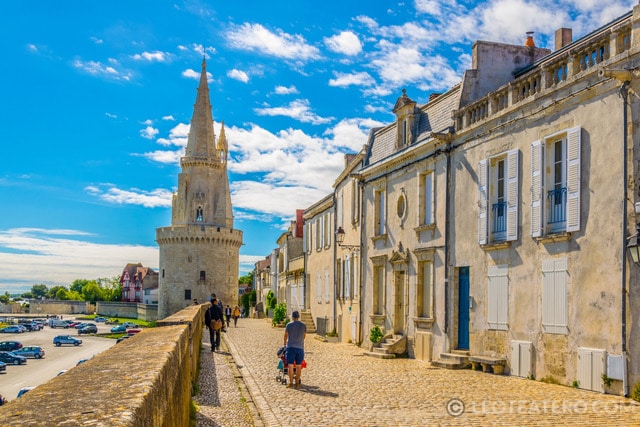
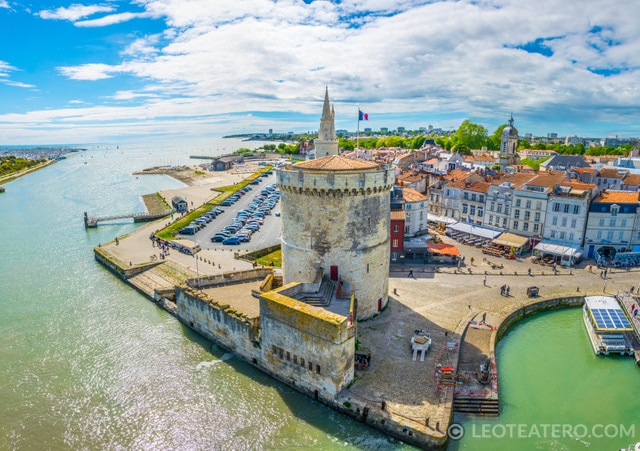

La Rochelle was founded in the 12th century after the neighbouring town of Châtelaillon was destroyed by the Dukes of Aquitaine. During the Hundred Years’ War with the English, in the 14th century, it changed hands a number of times but was finally captured by the French in 1372. It was mostly Protestant at the time of the Reformation and after the Massacre of St. Bartholomew’s Day (1572), in which many French Protestants were killed; many of the survivors took refuge there. Under Louis XIII in the early 17th century, La Rochelle sided with the English, who had also taken control of Île de Ré. Cardinal Richelieu, the king’s minister, besieged the town and built a vast sea wall to prevent English ships from helping their allies. After 15 months’ siege, the town surrendered, three-quarters of its citizens having starved to death. It slowly recovered its former prosperity but declined once more after 1685, when the revocation of the Edict of Nantes, depriving French Protestants of religious and civil liberty, led to massive emigration to the new world (Canada and the colonies). In the 18th century the loss of Canada by the French further reduced La Rochelle’s trade. More recently, during World War II, it was the location of a German submarine base and suffered heavily from Allied bombing.
Musée du Nouveau Monde de la Rochelle
Sadly, as a major port La Rochelle played a big part in the slave trade up until the abolishment of slavery in 1853. There is an excellent and informative museum dedicated the peoples who were transported to the new worlds, which including the East Indies, America and Upper and Lower Canada. At this time colonialism was at its zenith making vast fortunes literally on the backs of slaves and indentured peoples. Not to mention that the new worlds were battle grounds and millions of indigenous peoples lost their lives from the systematic racism of the time.
The Musée du Nouveau Monde de la Rochelle has done a great job at honouring and being frank about what happened. Housed at l’Hotel Fleuriau just blocks away from the port, this four-storey mansion showcases these histories. Starting with the explanation of the port, to the treatment of people of colour, colonial productions and the abolition of slavery. It explains the start of Nouvelle-France (Upper Canada), the fur trade and the relationship with the local indigenous peoples. It also talks about the migration of settlers to the west coast and California in the early 19th centuries. The best part though is the last floor which held a temporary exhibition on the Inuit of North America. Le fils de Sanne (The Sons of Sanna) The People of the Arctic. This exhibition is the fifth and last in a cycle dedicated to the populations of Canada and presents the way of life of the Inuit populations of the north.
Tickets are not expensive, at 6€ and the museum is open six days a week, being closed on Tuesdays. It is located a few blocks away from the port at 10 rue Fleuriau.
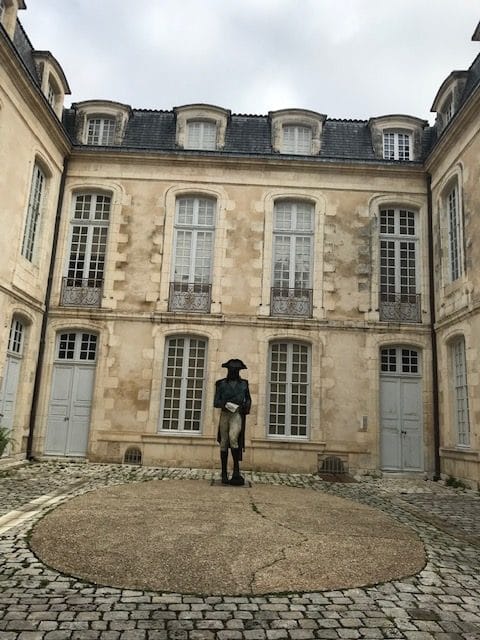
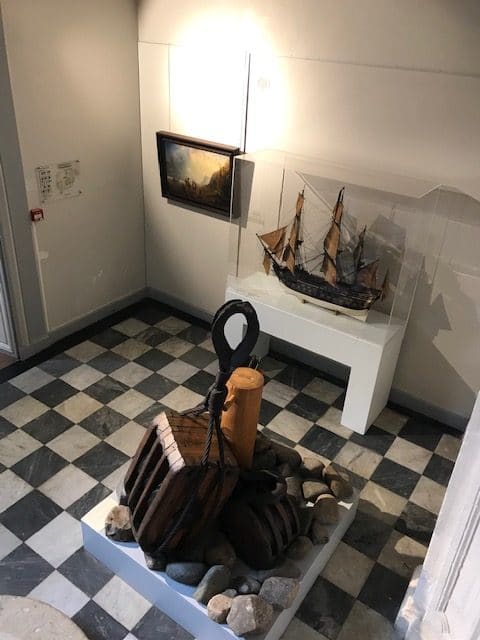
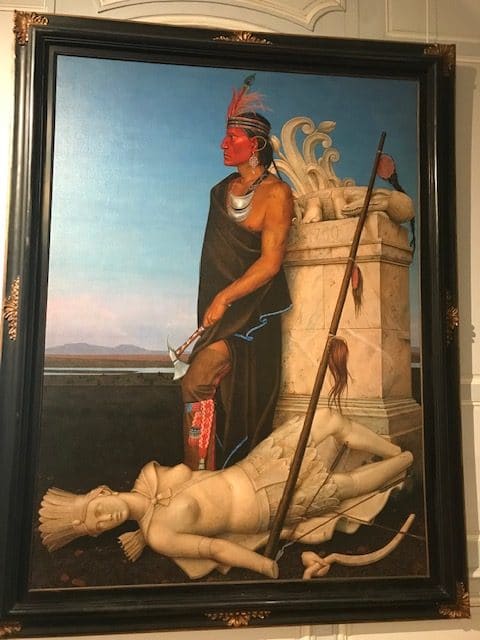
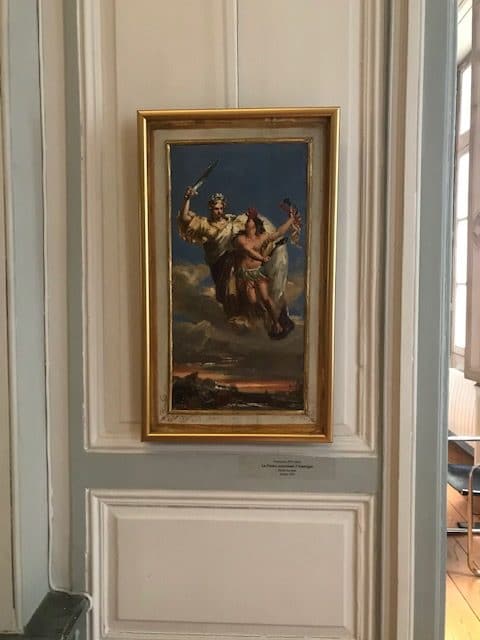
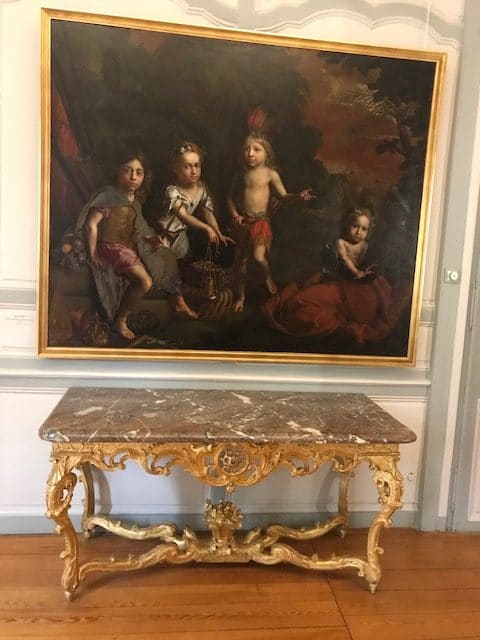
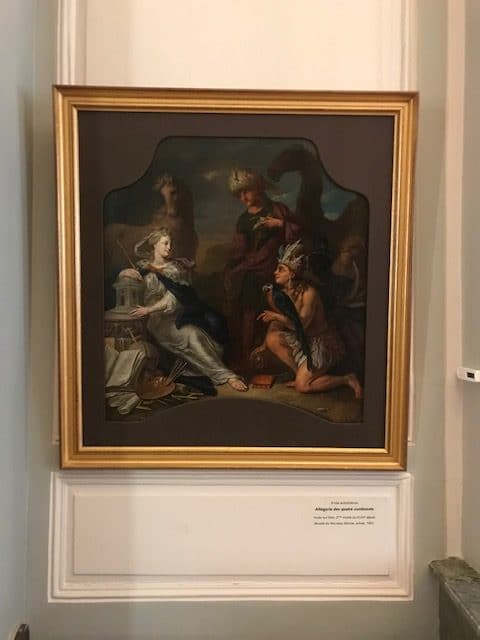
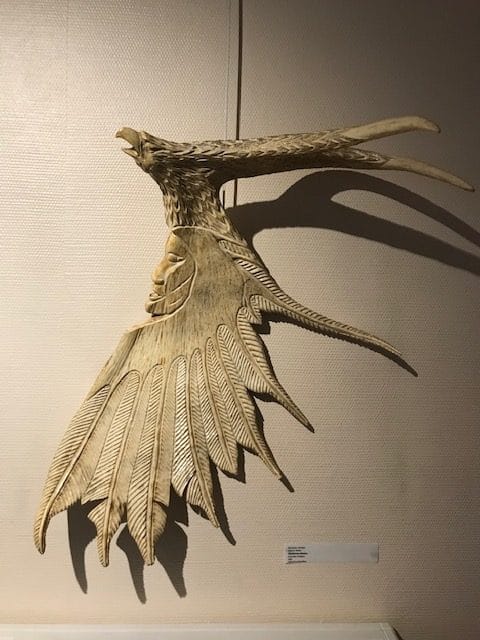

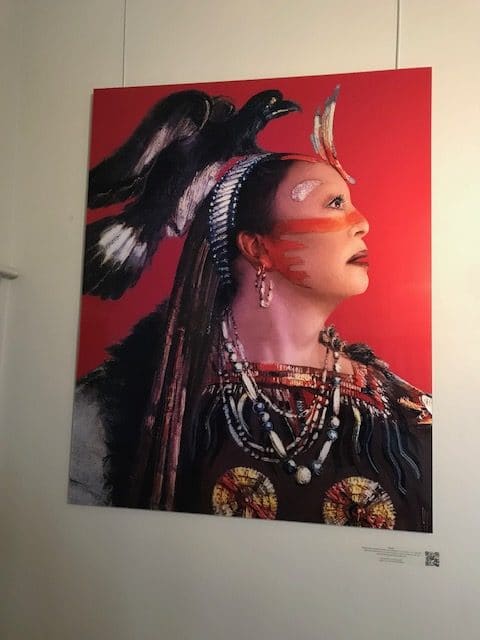
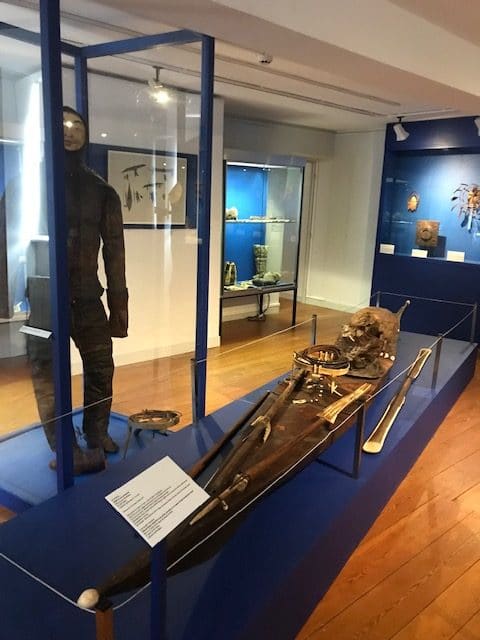
In the 19th century, La Rochelle attempted to renew ties with Canada, specifically French-speaking Lower Canada, but to no success. La Rochelle failed to regain a significant position in seagoing trade with North America. But La Rochelle merchants, convinced that French-speaking Canada ought to be a promising market for French exports, were participants in a “mercantile nostalgia” movement developed in the business sector beginning in the 1850s.
The Tall Ships in the Port of La Rochelle
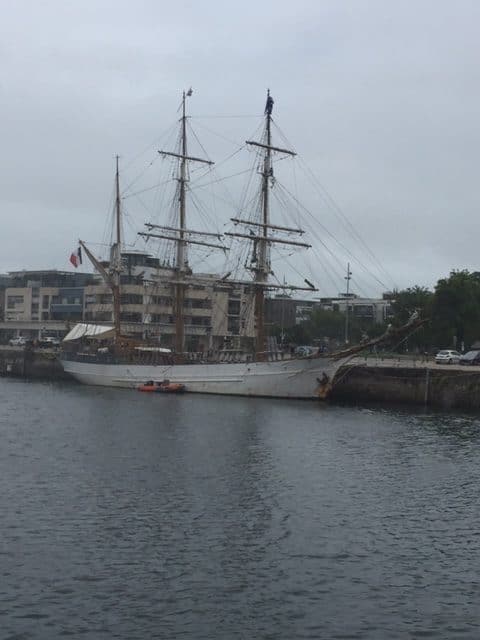
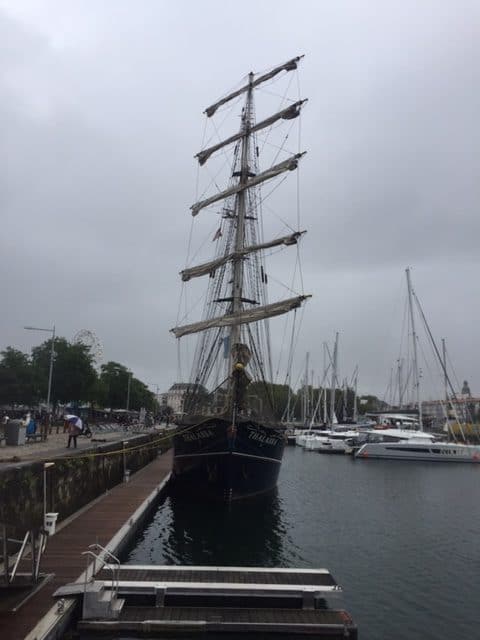
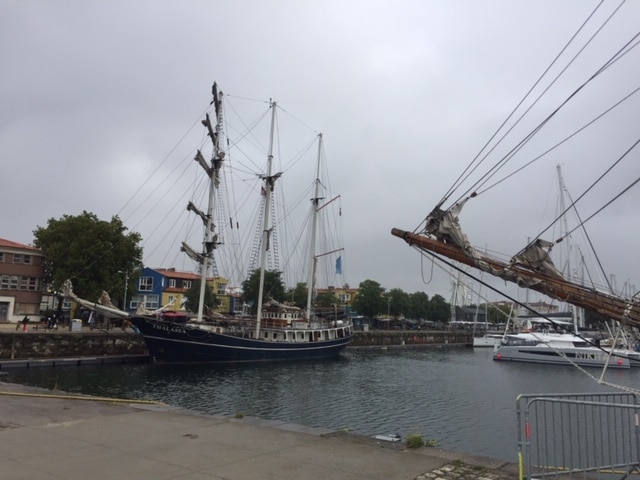
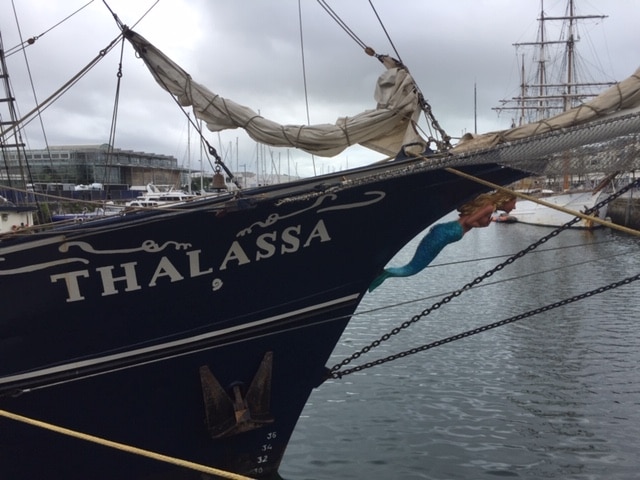
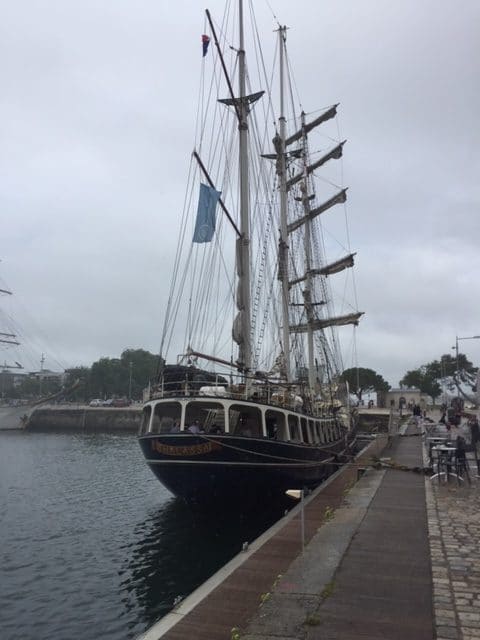
There are many other wonderful buildings to see including the very gothic Porte de la Grosse-Horloge, the beautifully restored Renaissance Hôtel de Ville, and the 18th-century Hôtel de la Bourse. Rue des Merciers is typical of the old streets found in the port. Many of the 16th and 17th century houses, built over arcades, are decorated with gargoyles and strange allegorical figures. The port itself is a lovely place to eat ice cream or dive into fresh oysters and wine. It’s a very busy and lively city.



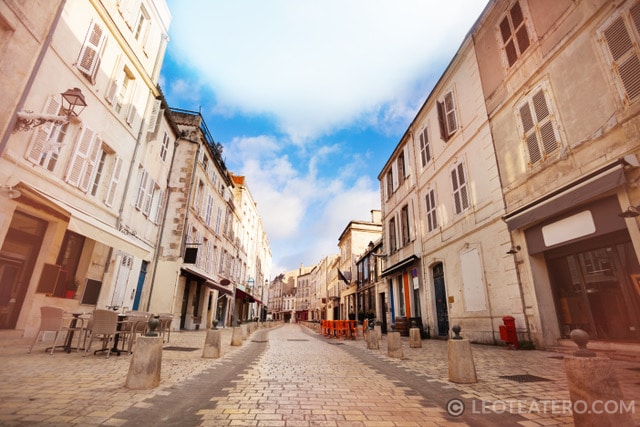
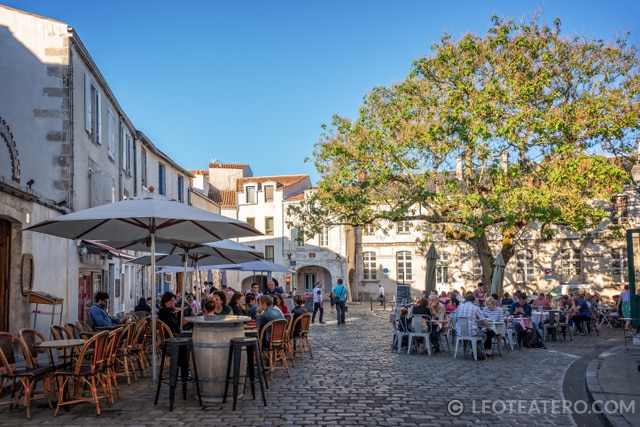
We stayed at the l’Hôtel La Monnaie, also a l’hôtel de ville located behind Tour de la Chaîne. I cannot recommend this independent hotel enough! The rooms were very well done with a nod to Philippe Starck. They have a lovely interior courtyard to have a late night glass of rosé. The service and food were also quite exceptional and the pricing reasonable and it included a delicious and copious breakfast. Check it out.
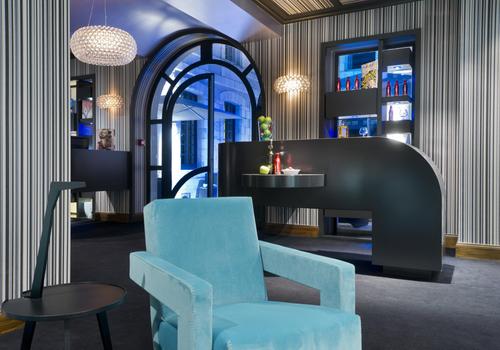
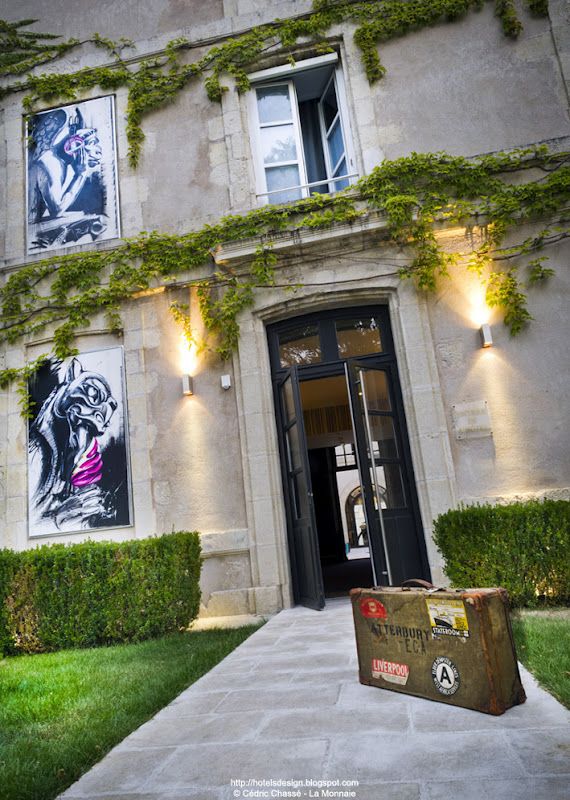

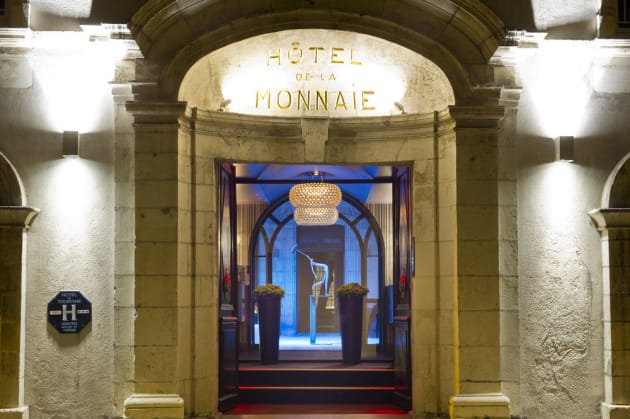
We also dined at a great restaurant in the city called La Boussole and was a great fusion of traditional La Rochellais and Thai cuisine. It’s located close to l’Hôtel La Monnaie on the pedestrian street just around the corner, place de la chaine. and has been in business for almost 20 years. Their space is lovely, the terrace large and the food excellent. We were lucky enough to be seated outside on the terrace and enjoyed the surrounding lively atmosphere of the street. For food, we first started with the tartare au saumon aux herbes et piment d’Espelette and the pork nems with a coriander, mint and mesh salad. Delicious ! Then, we had cassolette aka Cocottes, mine was red curry chicken with basil and my husband’s was fruit de la mer, which included prawns, scallops, shrimp and salmon in yellow curry. Both were delicious and a modern take on the French classic, Cassoulet. I wrote about cassoulet, which is similar in my blog on Carcassonne. We also had beautiful desserts, we shared the Lava Cake and Trio of Sorbets and drank a lovely dry white wine. The waiter was lovely, and told us about Les Secrets de Mayn which is a delicious carrot sauce made created, patented and made by the chef, May. She even gave us some with our meal to taste. Chef May also makes a beet sauce, so I ended up buying the two for my own pantry. I’m looking forward to using them alongside sauces for an extra kick. We were able to make reservations in the morning for the same day. But definitely make reservations, as they were booked and staff were hopping all evening. All in all, it was an excellent experience, well worth our money, which was under 100€, with two cocktails and wine.
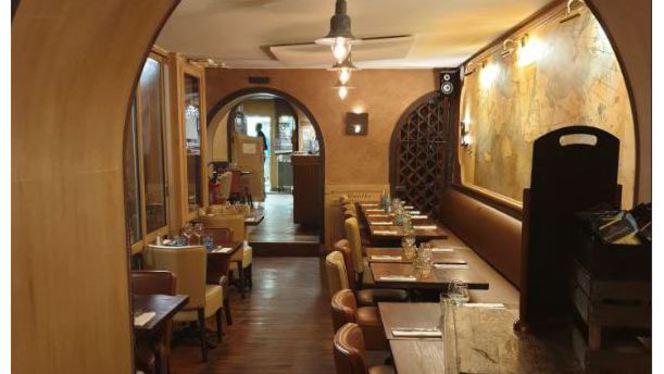
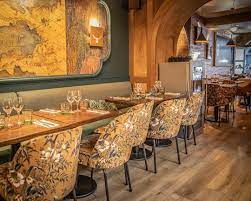
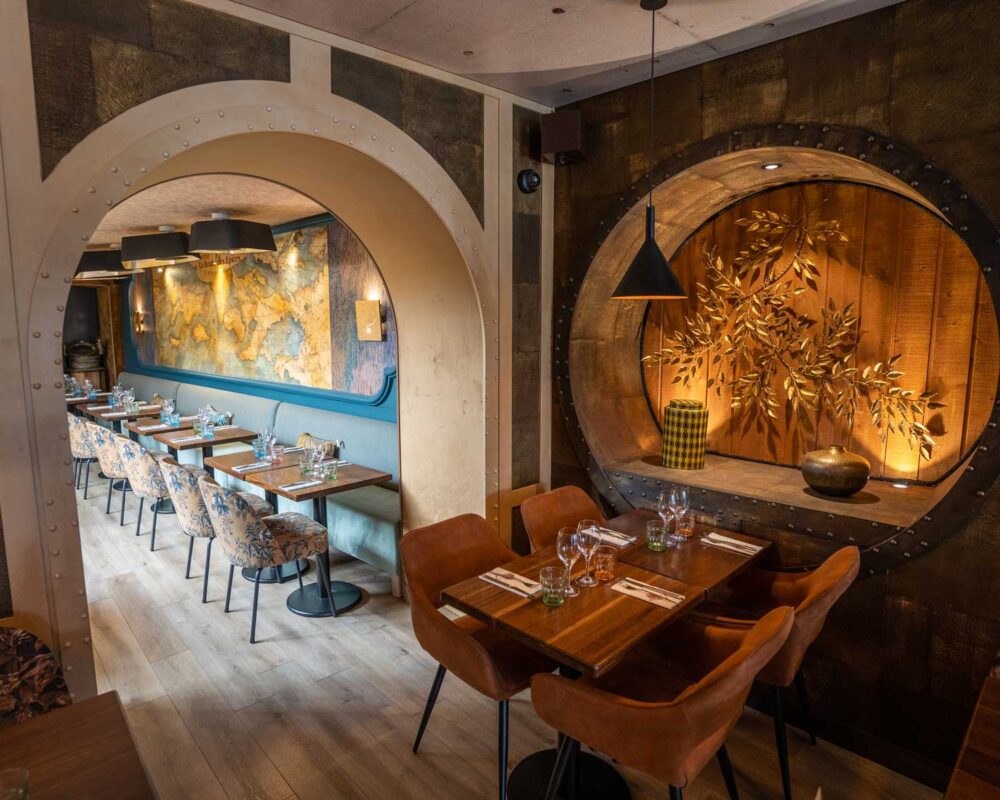

The second restaurant that I recommend is Le 4 Sergents, also located on the same pedestrian street. The staff at the hotel referred it and clearly it’s a must do if you are in La Rochelle for one night or that special occasion. It has been an institution in La Rochelle for the past 33 years and well cared for in the hands of the Patrick Gilbert and then later by Julien, his son. Aptly named after the four Sergeants who were beheaded rebelling against the regime of Louis XVIII in the early 19th century. With their death they became martyrs of the city of La Rochelle and are forever remembered. The space is fantastic with a glass and metal roof made in Parisian studio of Gustav Eiffel. That’s right the same person who built the Eiffel Tower in Paris. They deliver delicious food, great service and a decor which is sexy, stylish, modern and most importantly, comfortable. The menu is seasonal, with lots of seafood and most definitely locally sourced. They have an extensive wine cave too, appropriate called La Mess but located in a loft partially overlooking the restaurant. Styled after an Officers’ Mess, it’s perfect for tasting wine and sipping cognac, it is also a great space for a private event like an engagement party or celebratory dinner for under 24. We did not have enough time to dine at Le 4 Sergents, but I cannot wait to return to La Rochelle and eat there!
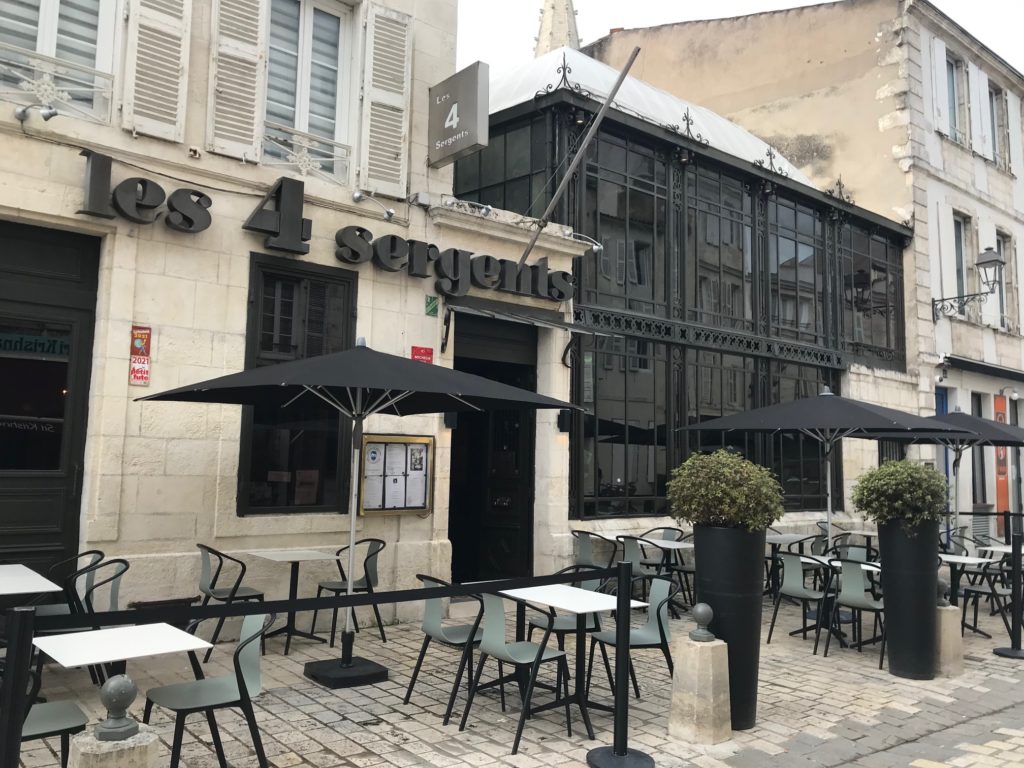
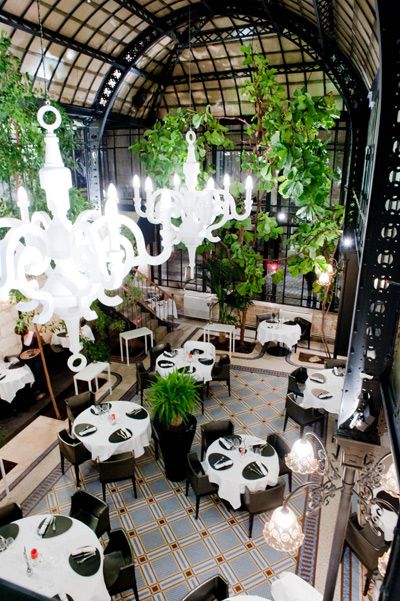
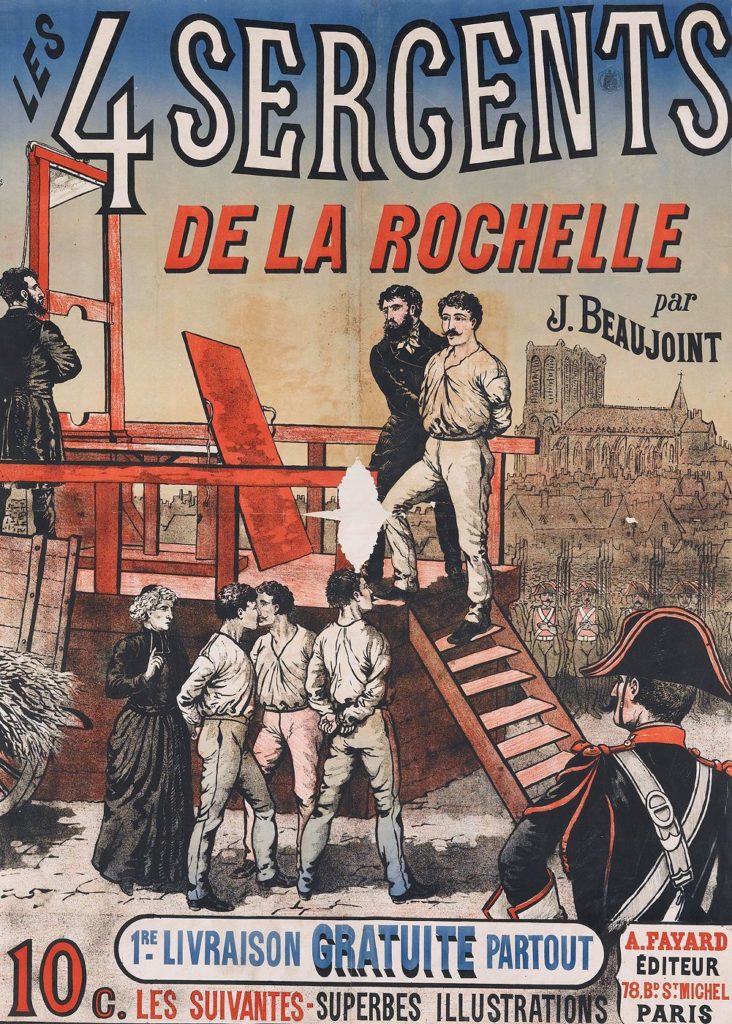
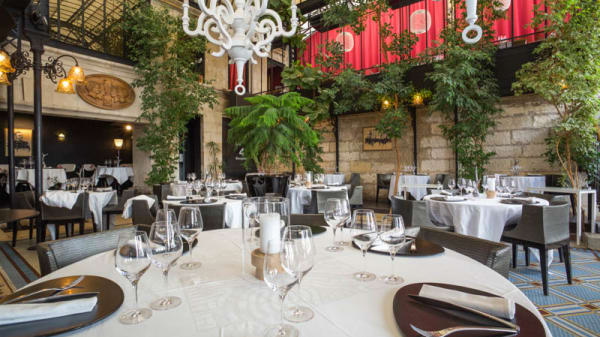
Fort Boyard
Built by King Louis XIV in the 17th century as a naval fort to protect the surrounding islands and La Rochelle. But, by the time it was near completion, it actually had become obsolete as the shooting range was no longer ideal, so the project of building the Fort Boyard was abandoned. It was taken up again in 1801 by Napoleon, who ordered the construction of the building in 1804. Once again, the construction was suddenly halted for nearly 30 years because of the Battle of Aix Roads, where the English navy destroyed the French fleet at the Estuary of the Charente river. The construction of Fort Boyard resumed in 1842. Few modifications were made to the original plan but when the fort was finally completed in 1857, the progress of the artillery made it completely useless.
After several years of abandonment, it was necessary to find a use to this fort which cost nearly 8 million francs, an astronomical sum at the time! It finally became a military prison in 1870, then the Navy definitively abandoned it in 1913. Then in the 1990s, the theatrical French game show “Fort Boyard“ take place in the prison and it became famous once again. It was a precursor to Fear Factor and reality game shows, where contestants have to deal with a wide range of fear inducing quests, solve puzzles or retrieve items in less than desirable spaces (spider in boxes, rats and other creepy crawlies. It is the most exported French TV show, with contestants and game shows from over 30 different countries and languages, all using Fort Boyard as their set. So, after 200 years, it finally had a use, Public Entertainment. While you can only take a boat tour around the fortress, as it remains closed to the public, you can catch in on the internet and see all of the fun and action.
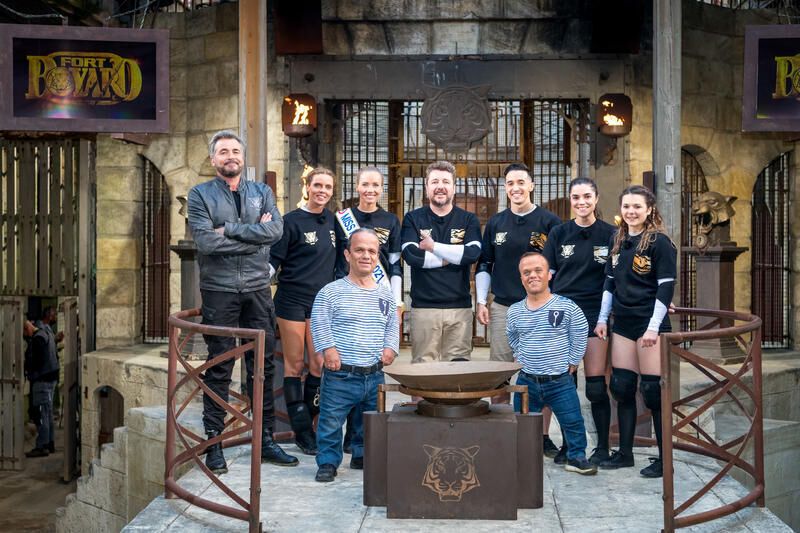
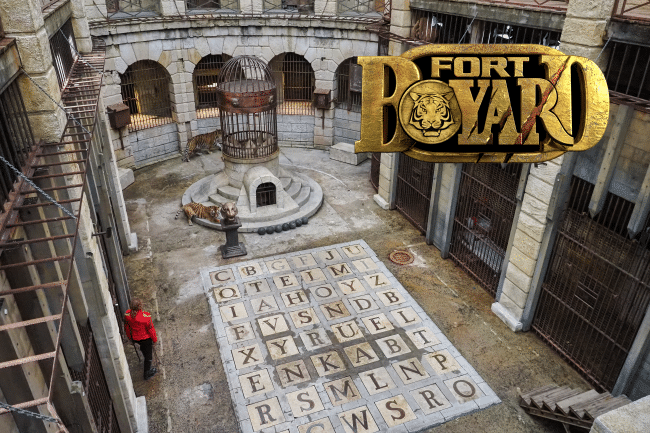
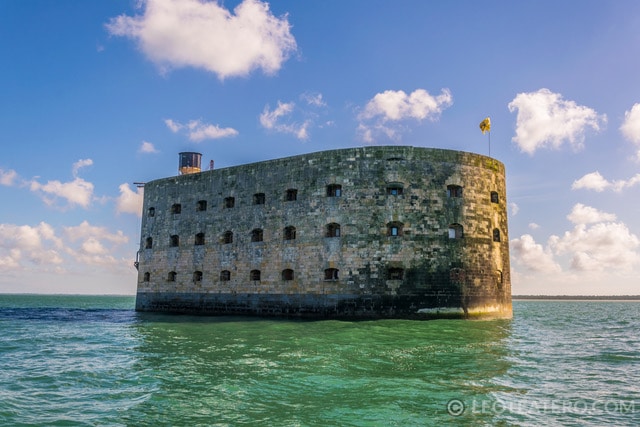
Île de Ré
Île de Ré has been a popular summer vacation spot for Parisians for many years. Located just near La Rochelle and connected by a bridge, it has everything one would want for a summer vacation in France. Charming villages, beaches, shopping, historic buildings like a watchtower and abbey. Ride bikes, tour salt marshes, climb to the top of the lighthouse or just lay and relax on the beach. It’s also a place to go celebrity watching with people like Lady Gaga, Orlando Bloom, plus French stars like Patrick Brunel, Julien Clerc, Dany Boon, Thierry L’hermitte, Nathalie Baye and Lionel Jospin. The island has a winter population of 2000 and a summer population of over 220,000 people. If you wish to stay on the island, you need to book well in advance. But it is just as enjoyable on a day trip too.
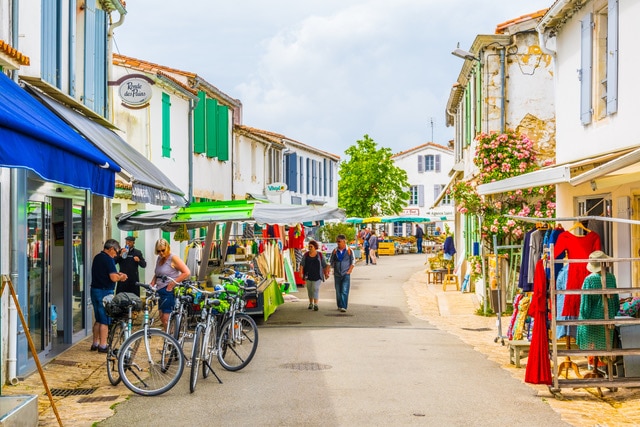
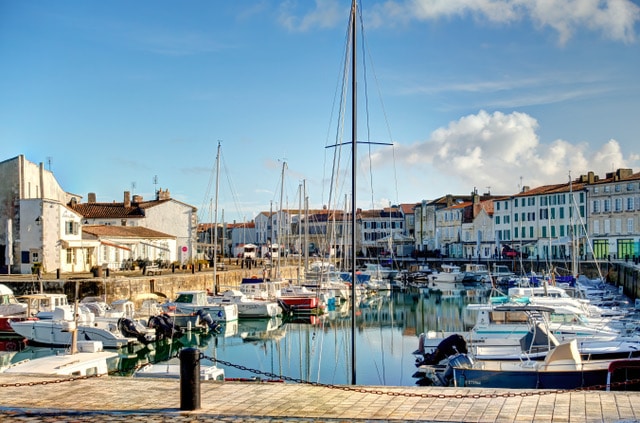

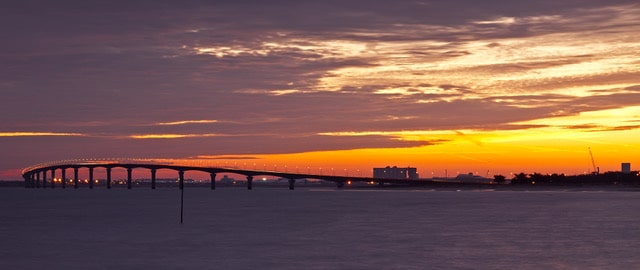
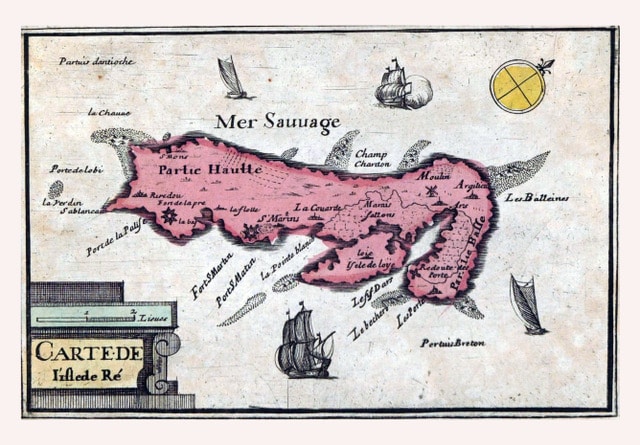
The Canadian Connection
I did some general research and was able to find out that more than half of the immigrants to Canada in the 17th century came from south of the Loire River particularly from the old provinces of Aunis and Poitou. Approximately half of the immigrants came from cities, particularly from cities north of the Loire. Artisans comprised some half of the immigrants, whereas agricultural people probably were not more than one quarter and may have been less than one fifth of the total. As a rule, immigrants before 1663 came in families, while those arriving thereafter came without relatives.
For my personal connection with my French heritage on my father’s side, we came from La Tessonnière/ Saint-Loup Lamairé not far from La Rochelle. My ancestor left France as a domestic for the Jesuits under the name Louis Tetreau, via La Rochelle in the 1659 and settled in Trois Rivières. They then expanded throughout America and central Canada. Various generations changed the spelling of the name as many of them became either French or English and ended up with the final names as Tétreau, Tatro, Teatro, Teatero, Tétreault, Tétrault and Thétrault. I am, to my knowledge, the first of our family to return to our ancestral country, and live in France. Something I think my ancestors and certainly my father would be proud of.
La Rochelle is lovely and I recommend you visit there, especially if you are a history buff and love sea life, La Rochelle is for you.
Vivre ma France,

2 Comments
Receive the news in your emailbox
If you like this articles , you can subscribe to our weekly newsletter.

Beautiful and personal, your experience of La Rochelle combines history, gastronomy and so much more … I add it to my list of places to visit!
Thanks Chloe. Very lovely to say these kind words. WE had a great time in La Rochelle !